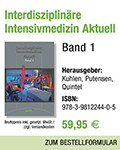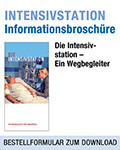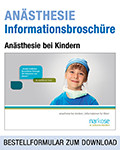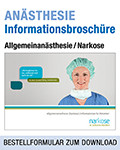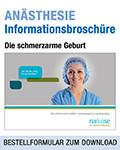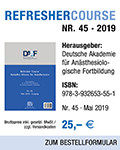
66. Jahrgang - Mai 2025
Postoperatives cerebrales Vasokonstriktionssyndrom nach Implantation eines Ommaya-Reservoirs – Ein Fallbericht
Postoperative cerebral vasoconstriction syndrome after implantation of an Ommaya reservoir – a case report
Das reversible cerebrale Vasokonstriktionssyndrom (RCVS) ist eine komplexe neurovaskuläre Erkrankung, die durch multiple cerebrale Vasospasmen charakterisiert wird.
Pathognomonisch sind Cephalgien (Donnerschlagkopfschmerz), begleitet von fokalneurologischen Defiziten bis hin zu Vigilanzstörungen, sowie fakultative epileptische Ereignisse. Bildmorphologisch imponieren diffuse segmentale cerebrale Vasokonstriktionen sowie in manchen Fällen ein Hirnödem. In einem Großteil der Fälle wird eine spontane Restitutio ad integrum erreicht, persistierende Defizite oder letale Verläufe sind selten. Wir berichten den Fall einer 50-jährigen Patientin, die nach Implantation eines Ommaya-Reservoirs zur Therapie einer Meningeosis carcinomatosa eines Mammakarzinoms cerebrale Gefäßspasmen entwickelte. Infolge eines generalisierten Hirnödems mit einem therapierefraktären erhöhten intrakraniellen Druck verstarb die Patientin 36 Stunden nach der Operation. Die Gabe des Calciumantagonisten Nimodipin konnte keine Besserung herbeiführen. Biochemische Analysen lieferten einen Hinweis auf eine autonome Dysfunktion als mitursächlich für das Syndrom. Ein RCVS sollte bei unklarer Vigilanzminderung nach neurochirurgischer Operation bedacht und dann mittels cerebraler Gefäßdarstellung bestätigt werden. Eine spezifische Therapie existiert nicht.
The reversible cerebral vasoconstriction syndrome (RCVS) is a complex neurovascular disease, characterised by multiple, usually reversible, cerebral vascular vasospasms.
Pathognomonic signs are thunderclap headache accompanied by the development of focal neurological deficits, which may include disordered vigilance and facultative epileptic seizures, impaired consciousness and brain edema. Brain vascular imaging is the gold standard for diagnosis. In most cases, the condition is completely reversible. Permanent disability or death are of rare occurence.
We report the case of a 50-year-old female with breast carcinoma, who developed a lethal generalized cerebral edema with refractory increased intracranial pressure 36 hours after an Ommaya reservoir had been implanted for the treatment of meningeosis neoplastica. Computed cerebral tomographic angiography revealed cerebral vasospasm. An administration of the calcium antagonist nimodipine failed to improve the condition. Increased blood catecholamine concentrations provided evidence that a dysfunction of the autonomic nervous system could have contributed to the syndrome. RCVS should be considered in case of unclear signs of impaired vigilance after neurosurgery and then confirmed by cerebral vascular imaging. Unfortunately, specific therapy does not exist.






